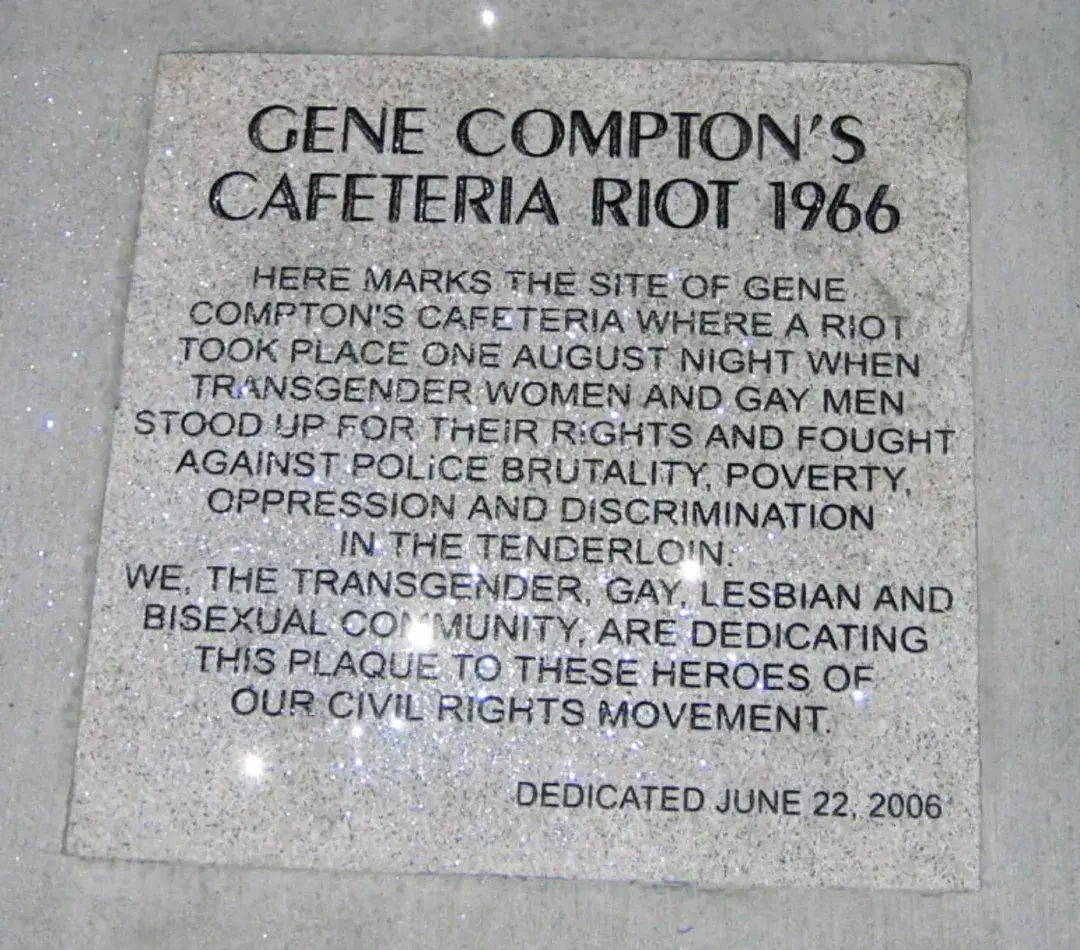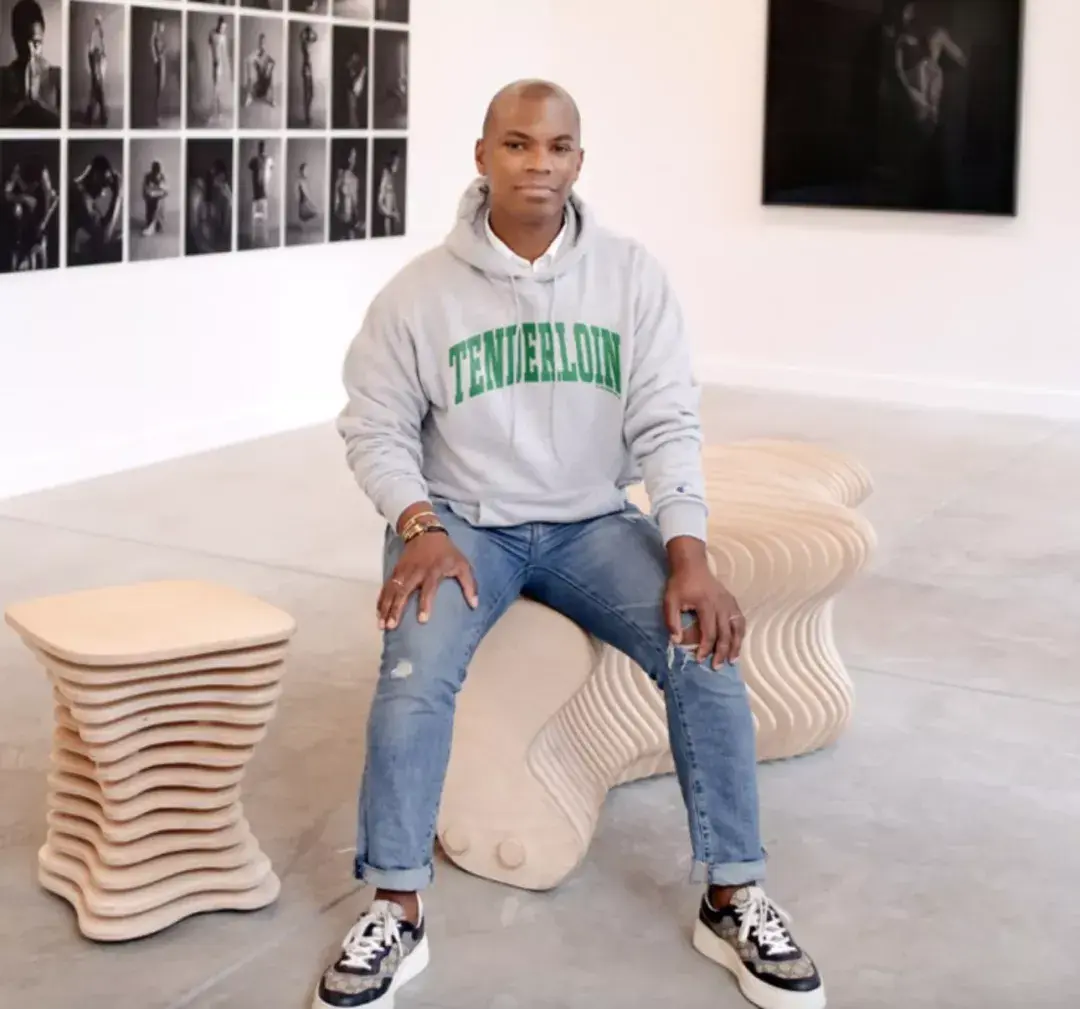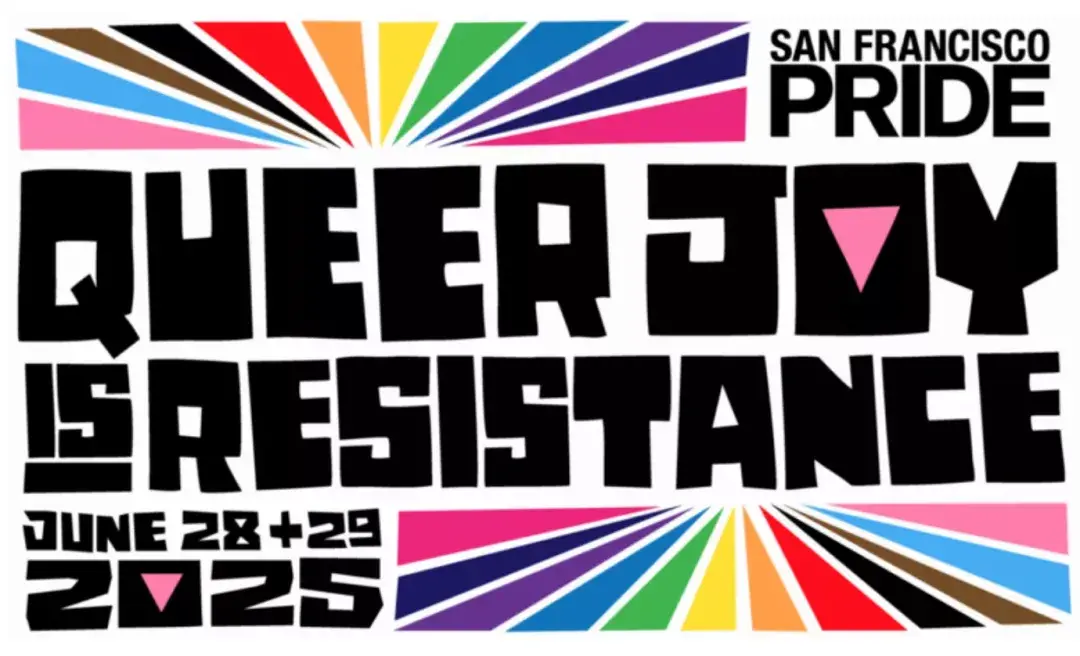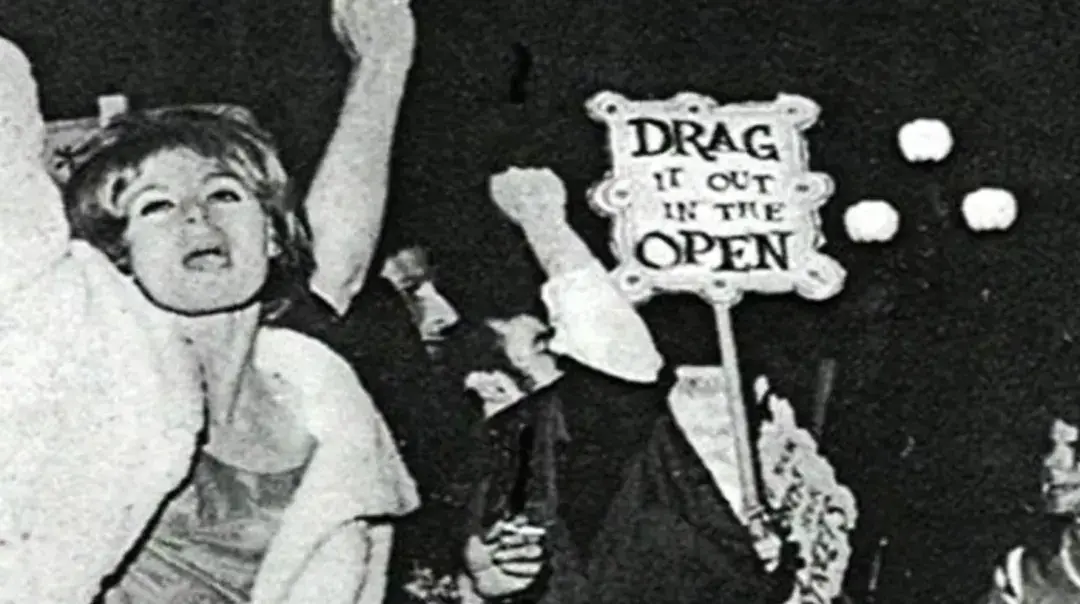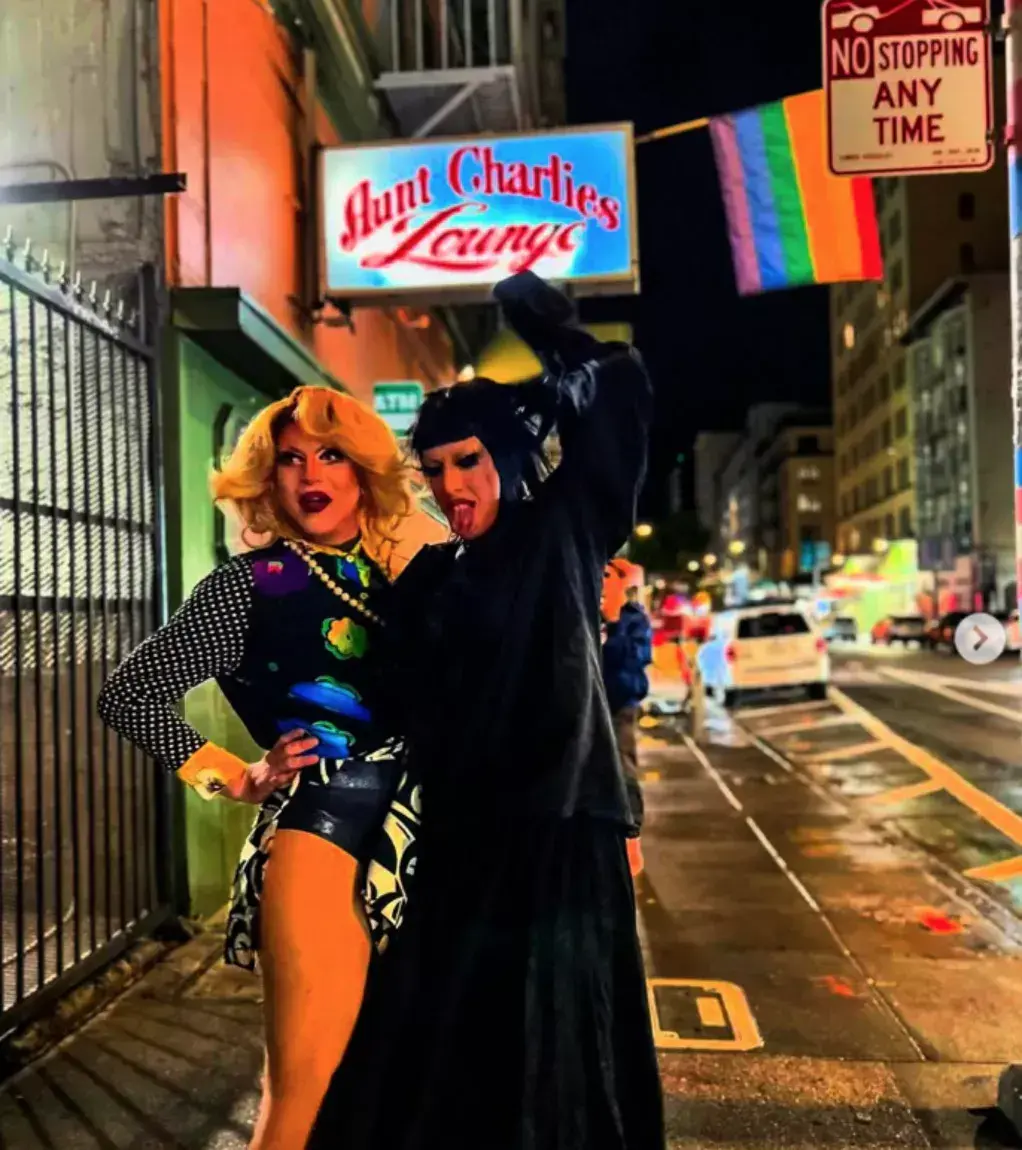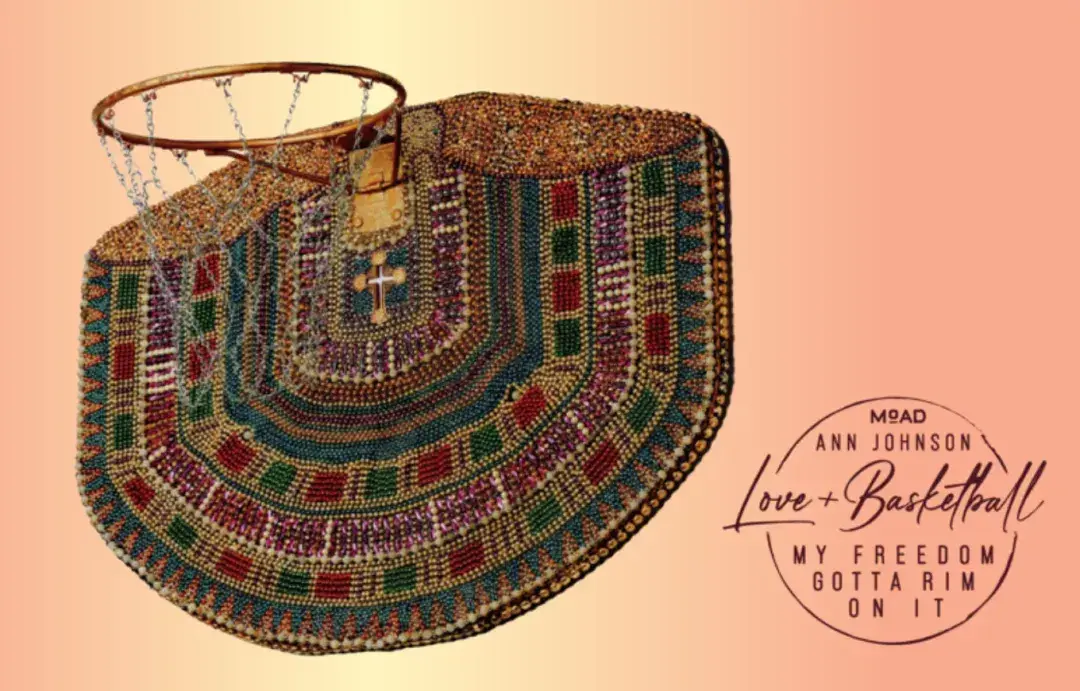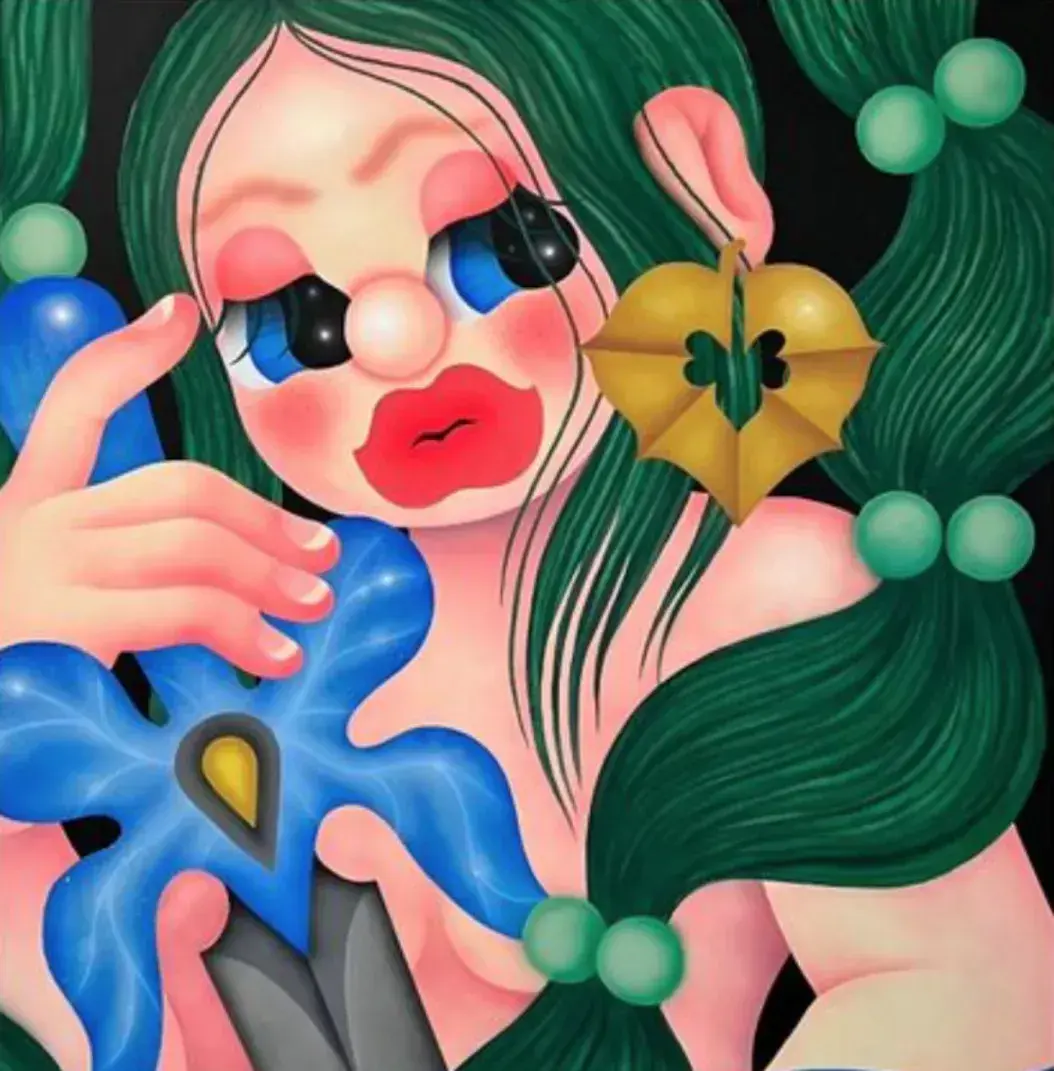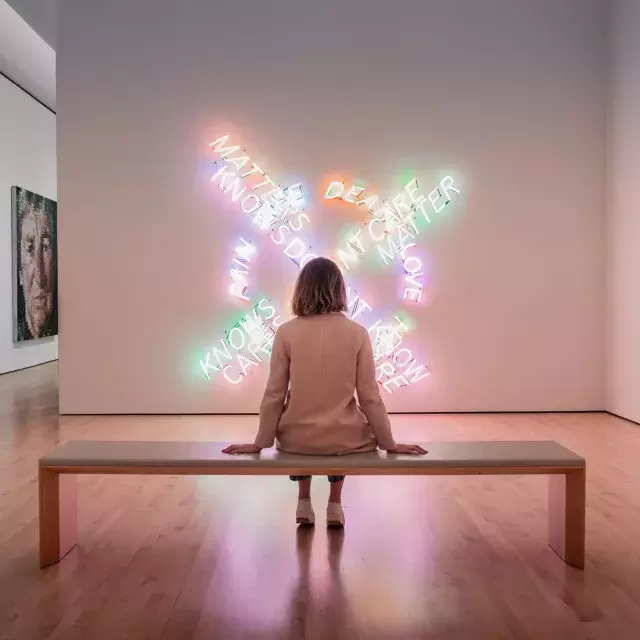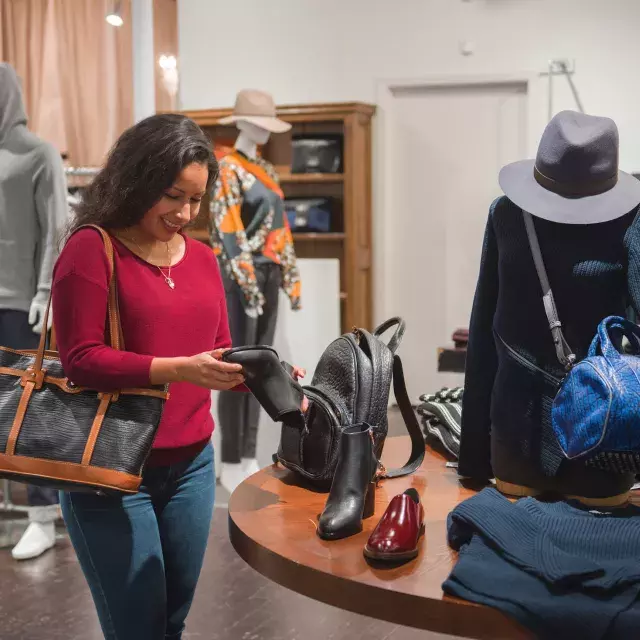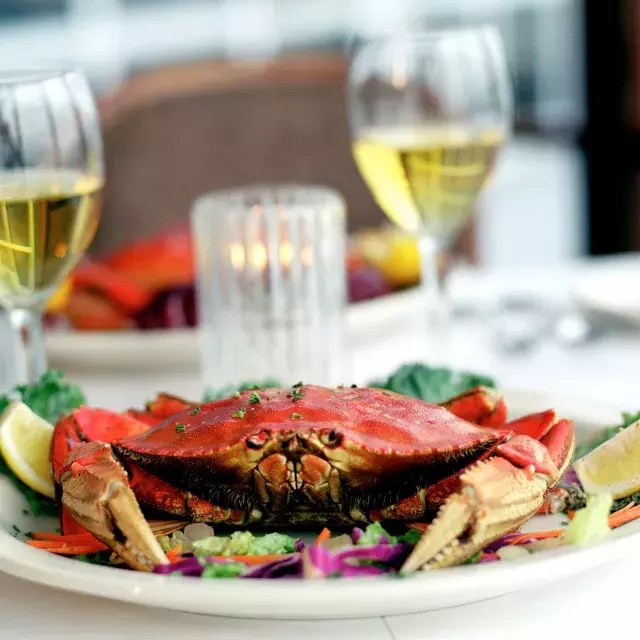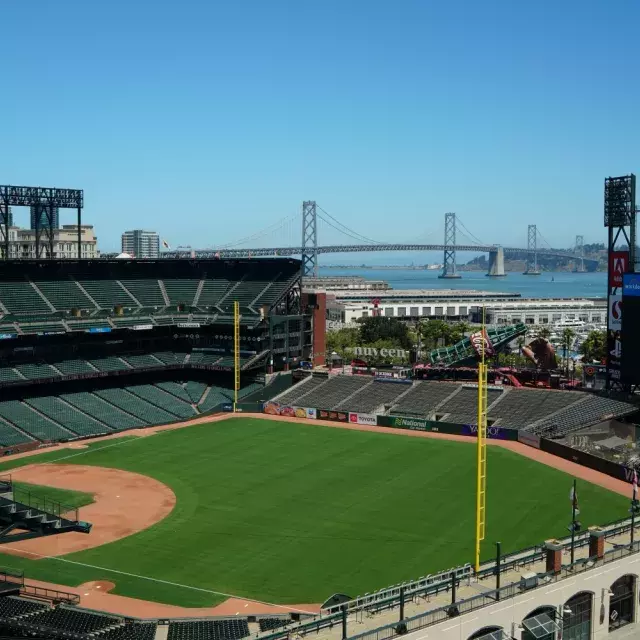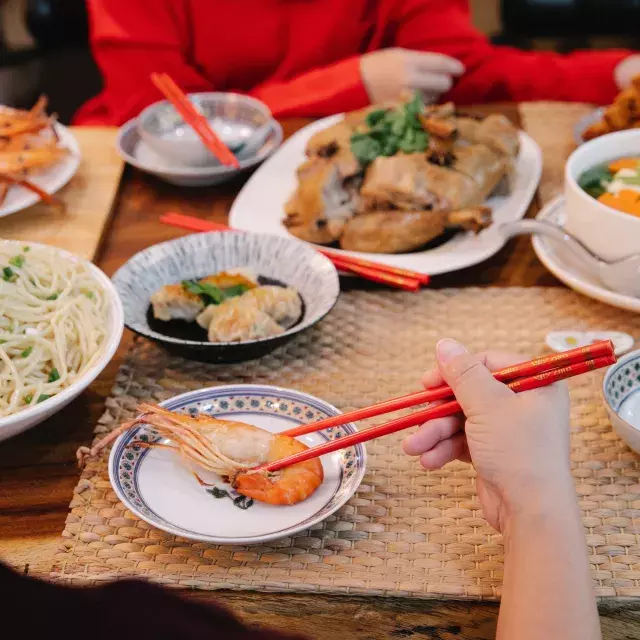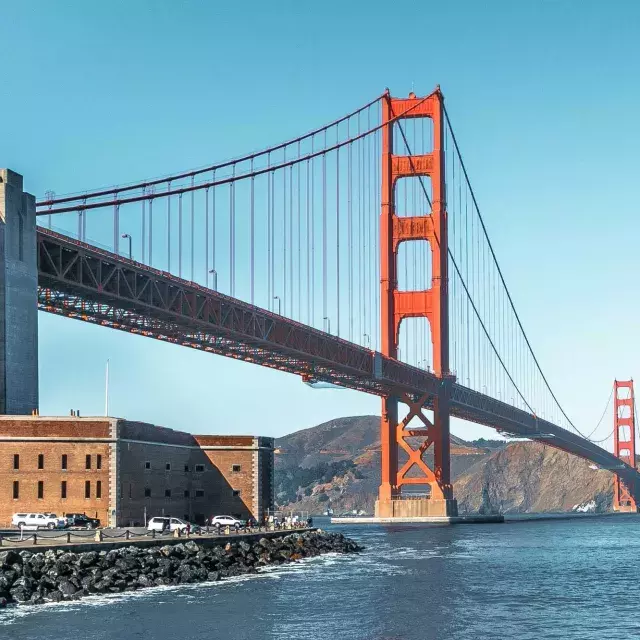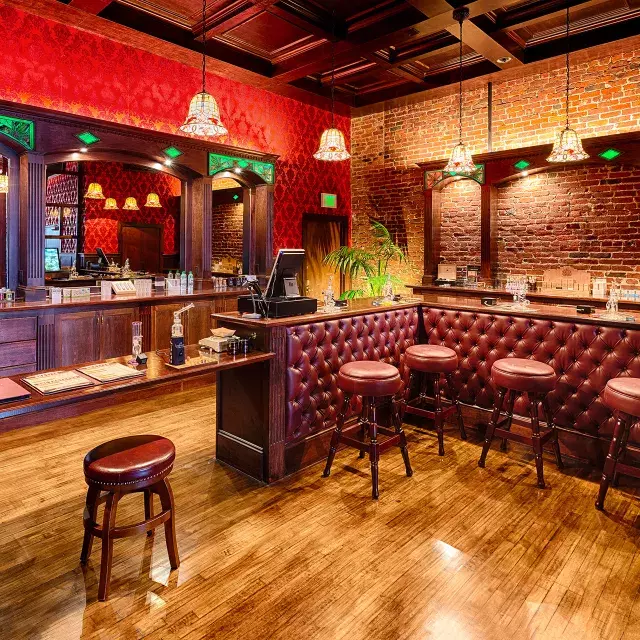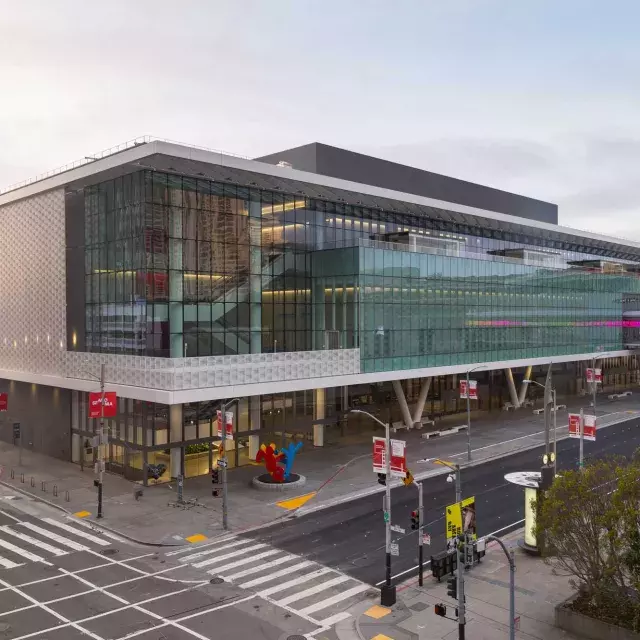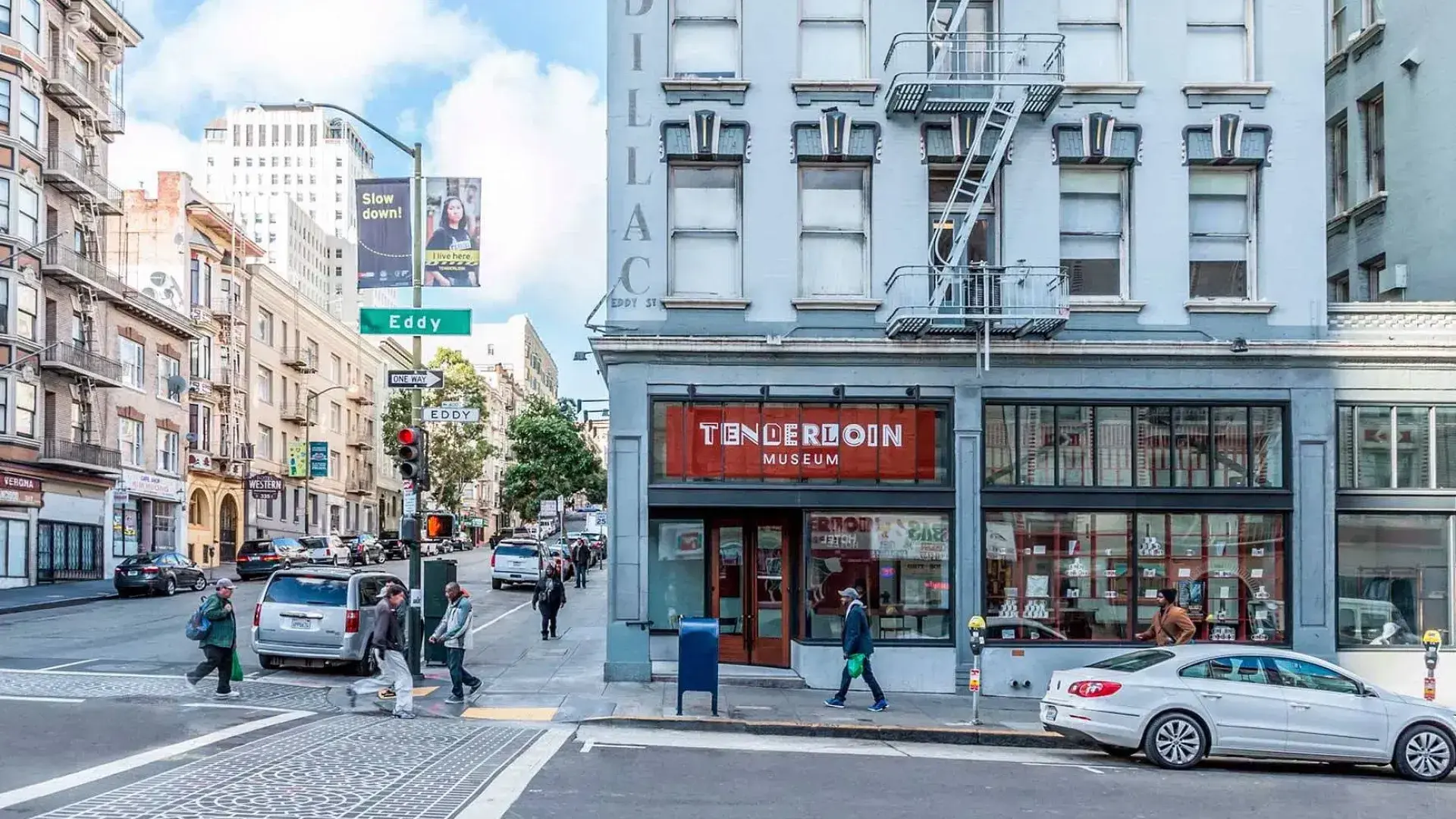
Where toHang Out in San Francisco's Historic Transgender Cultural District
San Francisco is known worldwide as a longtime and welcoming destination for LGBTQ+ people and we invite you to explore.
That reputation reaches back to the turn of the last century, when the city teemed with new arrivals to the Tenderloin district, a rough-and-tumble neighborhood at the edge of downtown. Home to many hotels, bars, and restaurants, it was often the first stop for immigrants, laborers, and the disenfranchised seeking their place in the American dream.
It was also the site of a riot at the Compton Cafeteria in 1966, three years before Stonewall, by trans women, sex workers, and drag queens rebelling against a repressive police presence. In 2017, the city designated about six square blocks of the Tenderloin as the country’s first Transgender Cultural District, celebrating the area’s unique contribution to the modern LGBTQ+ equality movement.
New arrivals to the Tenderloin continue to make the district a nexus of activism, art, and culture.
One of the most prominent newcomers is Jonathan Carver Moore. He moved to the neighborhood in 2016 and opened his eponymous gallery on Market Street two years ago.
Moore is on a mission to “amplify the voices of often underrepresented artists through a Black queer lens. No one looks like me in the space, which is necessary.”
Moore’s gallery is on the ground floor of the sleek, Flatiron-inspired Timbri Hotel on Market at Turk Street. It is divided between an exhibition space and an artist-in-residence program.
“People are much more tapped in and feel included in the story behind the work that’s being created immediately, versus just showing up to buy something,” Moore says.
“Having that residence space and walking people through the shows is great because they experience art differently. I think the excitement of having an open house with people buzzing and wanting to look at the works led to much of our success,” he adds.
GayCities chatted with Moore about his favorite events and destinations in the Tenderloin and the city’s historic Transgender Cultural District.
Pride
San Francisco Pride is his go-to event in late June. Tens of thousands of revelers will be at his gallery doorstep as the massive parade makes its way up Market Street from the Embarcadero to Civic Center.
History and Culture
The gallerist recommends visiting the Tenderloin Museum on Eddy Street for a history of the iconic neighborhood.
“The Tenderloin Museum is making sure the stories of this neighborhood are being told, specifically about the Transgender District,” Moore says.
As part of its programming, the museum presents an ongoing immersive, interactive play based on the Compton Cafeteria Riot in a new dedicated venue on Larkin Street.
For another deep dive into the history of the Transgender Cultural District, trans-led, two-hour walking tours are scheduled once a month. San Francisco native and trans-masc guide jj Dollarhide (he/him) leads one version of the tour, focusing on the Compton Riot, trans activism, and artistry in the area.
Eat and Drink
Moore loves going out in the neighborhood. “Aunt Charlie’s is a big piece of history here,” he says of a dime-sized gay bar less than a block west of his gallery on Turk Street. The tiny, regularly packed space is one of the oldest gay bars in the city and hosts some of its oldest drag queens.
“The drag shows are amazing. Cocktails, probably too strong,” he says (as if that’s a possibility).
When it’s time to dine, Moore is a big fan of Bodega SF on Mason Street, Matthew Ho’s Saigon-inspired restaurant serving “visually stunning” Vietnamese dishes. The owner and chef recently opened an adjoining and very chartreuse cocktail bar with a speakeasy theme called Felix.
Across Market Street from his gallery, Moore recommends Montesacro, a small Italian restaurant on Stevenson Street serving pinsa, a Roman-style flatbread similar to pizza but with a unique texture and flavor profile. “I’m having my favorite pinsa, which is the Marinella, and a nice glass of red wine,” Moore says.
For music fans, Moore recommends a stop at Pandora on Mason Street. This classic Japanese-inspired karaoke bar features private rooms and “endless karaoke entertainment for everyone,” according to the popular destination’s description.
North on Post Street, Moore likes a garden-centric, queer-owned bar called Propagation. “It’s full of foliage and owned by two women.” Enjoy creative cocktails like the whiskey-based Apple of My Rye, mezcal-infused Culprit of Persuasion, or Whisper of Desire with gin, saffron, sage, and pineapple.
Shopping
“A cool spot,” says Moore, is the Tilted Brim on Larkin Street. It specializes in vintage clothing and newer apparel inspired by the Tenderloin and Transgender District. The hoodies, says Moore, are popular with trend-setting Japanese tourists.
Moore says another spot for vintage shopping is just up the street in the Mid-Market neighborhood. It’s called Holy Stitch, “a multi-concept space, ” a vintage clothing archive, streetwear trading post, and full-service tailoring workshop all in one. It’s also a non-profit that offers apprenticeships for aspiring fashion designers.
On Polk Street, Moore buys and sells vintage wear at “very cool” Black-owned Relove Modern and Vintage.
Art
The Transgender Cultural District is just steps away from some of San Francisco’s best museums.
“My favorite art venue is probably the Museum of the African Diaspora,” Moore says of the museum on Mission Street. It presents artists exclusively of the African diaspora and is one of only a few in the United States.
SFMOMA, the city’s premier modern and contemporary art museum, is across Market from the Transgender Cultural District on Third Street. An ongoing exhibition, Afterimages: Echoes of the 1960s, addresses the rapid social and political changes that marked the era and helped fuel the women’s and gay liberation movements, with works by Andy Warhol, Dan Flavin, and Jenny Holzer.
The Asian Art Museum in Civic Center “is working to change from being historically based to focusing on growing its contemporary art collection from artists from the Asian diaspora,” Moore says, “with many ways and opportunities to learn about their cultural contributions to society.”
Like Moore’s gallery, Glass Rice on Sutter Street is focused on ushering in a new wave of emerging artists.
Owner Cecelia Chia has “created an entire program around supporting female artists, and a lot of female artists from the Asian diaspora, so I’m grateful for that,” Moore says.
Moore recommends a scenic light rail ride from Powell Street in the Tenderloin south to the Dogpatch neighborhood for the progressive program at Catherine Clark Gallery on Utah Street. The nearby Minnesota Street Project, a collection of 16 art galleries in a slick warehouse setting, is a great place for one-stop art shopping and browsing, and features Heena Patel’s bold interpretations of Indian cuisine at Besharam restaurant and bar on the ground floor.
Root Division on Mission Street in SoMa, near Moore’s gallery, is a visual arts non-profit featuring arts education, exhibitions, and studios open quarterly to the public. It’s one of several non-profit, artist-led settings—including 1890 Bryant Studios and Pacific Felt Factory in the Potrero Hill neighborhood—where Moore has found emerging artists who have since shown at his gallery and worked in residence.
“So many people think they don’t belong in the art world, or shouldn’t be buying things in galleries, or don’t know how to,” Moore says. “Because while stories are being told in art galleries by underrepresented artists — whether those are women, whether those are artists who migrated here, or whether they’re queer artists of color — I think that sometimes stories can best be told with the help of people who are part of that community.”
“Education goes a long way,” he says.
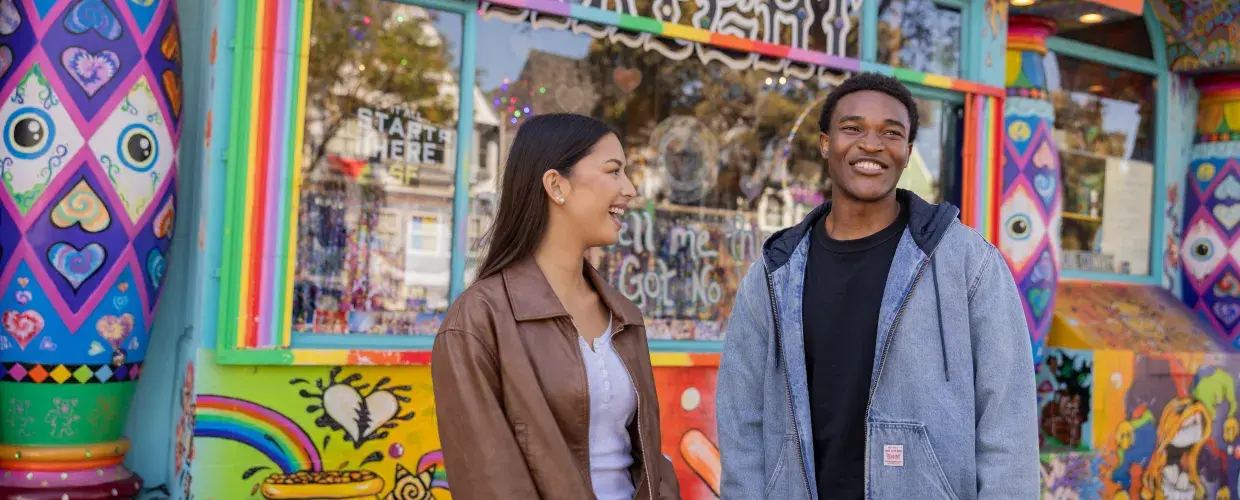
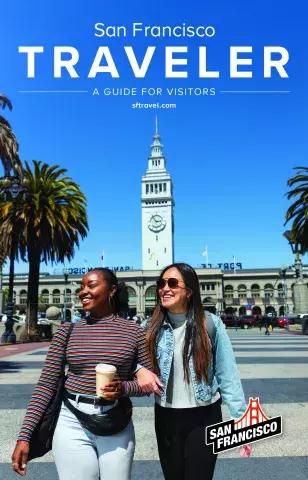
Explore Our Visitor's Guide
Check out our free San Francisco Traveler visitor's guide and learn how to explore San Francisco like a local.
